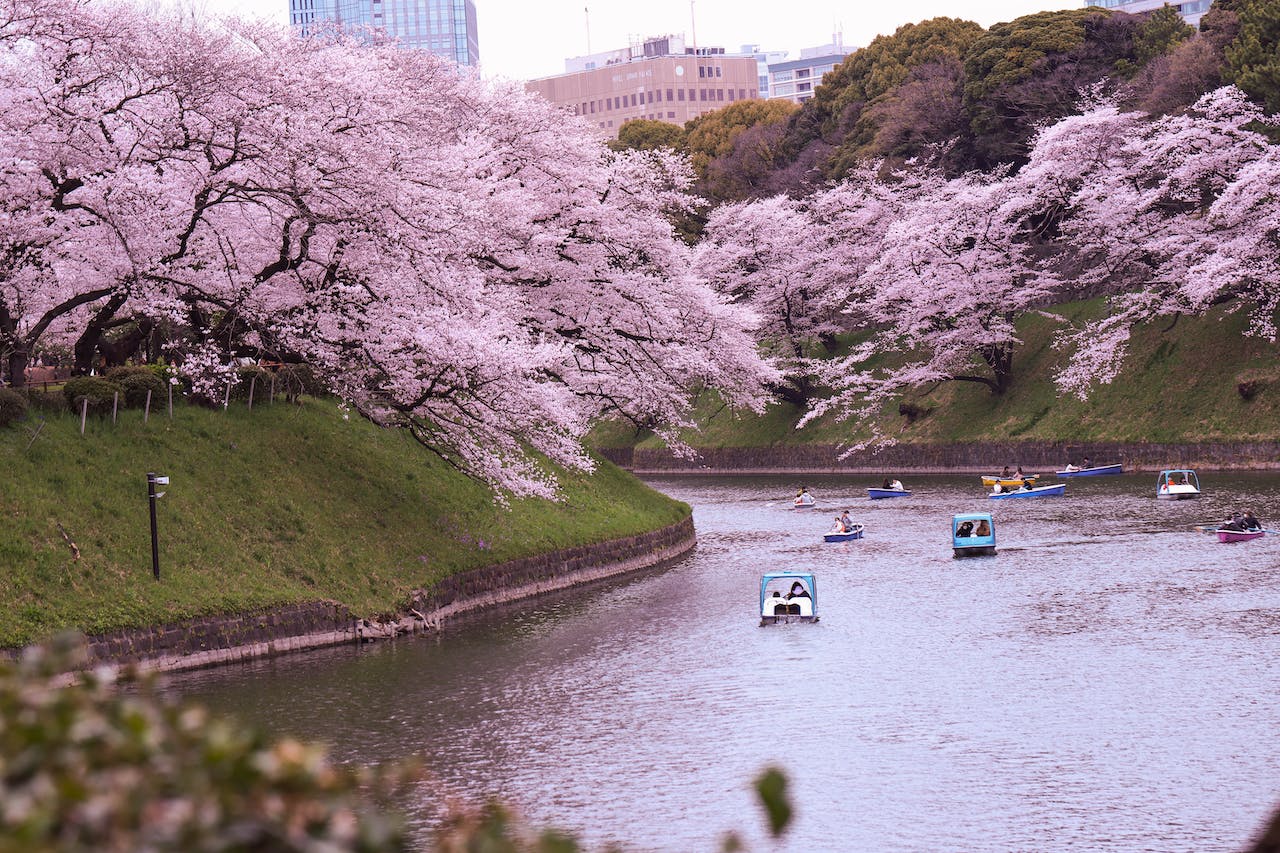Cultural Diversity: A Historical Look at Jakarta as Melting Pot

Interestingly, the Betawi name might predate Dutch influence. While the Dutch called Jakarta "Batavia," 18th and 19th century Betawi texts referred to the city as "Batafiya" but used "Betawi" for their ethnicity. This suggests the term "Betawi" existed before the Dutch arrived.
Betawi people themselves are of mixed descent from Javanese, Balinese, Sundanese, Buginese, Malay, and many other ethnicities.This intermingling created a unique Betawi culture, reflected in their language, music (like the energetic Gambang Kromong), and cuisine (with dishes like Soto Betawi and Kerak Telor).
Trade Winds and Jakarta's Cultural Transformation
Jakarta's strategic location as a trade hub attracted other ethnicities. The Javanese, Indonesia's most populous group, arrived as administrators and traders, bringing their rich traditions like gamelan music and shadow puppet theater (Wayang Kulit). The Sundanese, known for their batik textiles and rice cultivation, also migrated to the city, influencing Jakarta's agricultural practices and culinary scene (think Nasi Goreng and Gado-Gado).
Foreign Influences: A Historical Overview
Stepping away from the towering modern structures, there are kampungs, traditional villages within the city. These communities, though not directly influenced by foreign powers themselves, showcase the cultural exchange that has unfolded over centuries. People from various Indonesian regions have migrated to Jakarta, and their presence reflects the city's role as a melting pot, attracting diverse populations.
In the north side of Jakarta is Glodok, one of the world’s oldest Chinatowns—which has been standing here since the early days of Dutch colonialism control. There, you can delve in a culinary journey with various delicious meals influenced by Chinese culture. On the other side, Dutch colonialism (1619-1942) also left its mark on the city's cultural landscape. Grand European-style buildings like the Fatahillah Museum and Jakarta Kota Station stand as architectural reminders of this period. Dutch influence extended beyond aesthetics, contributing to the growth of the Christian population and potentially introducing Dutch loanwords into the local Betawi dialect.
Post-Colonial Harmony
Indonesia's independence in 1945 ushered in a new era of cultural exchange. Jakarta embraced its multicultural identity, with national holidays like Independence Day becoming a celebration of unity in diversity.
Modernizing Jakarta: A City that Continues to Evolve
Today, Jakarta remains a magnet for migrants from across Indonesia and beyond. This continuous influx ensures the city's cultural scene is constantly evolving. New restaurants offering regional specialties pop up alongside traditional Betawi eateries. Modern music blends with traditional forms, creating a unique Jakartan soundscape.
Jakarta's history reveals a fascinating story of cultural exchange and harmonious coexistence. Each ethnic group has left its mark, enriching the city's festivals, cuisine, and daily life. As the city continues to grow, its cultural tapestry is sure to become even more vibrant and exciting.
References:
https://realiste.ai/faq/jakarta/cultural-diversity-in-jakarta
https://strangersguide.com/articles/diversity-in-jakarta/
https://www.setubabakanbetawi.com/en/orang-betawi/
http://www.friendlyborders.org/news/betawi-people-the-original-inhabitants-of-jakarta/
https://realiste.ai/faq/jakarta/influence-colonial-rule-jakarta






















